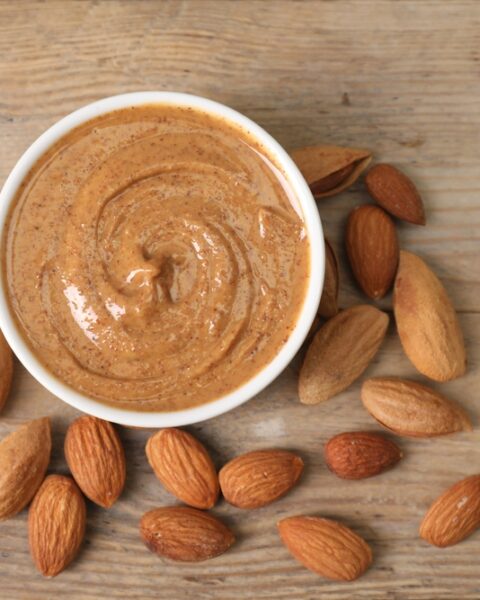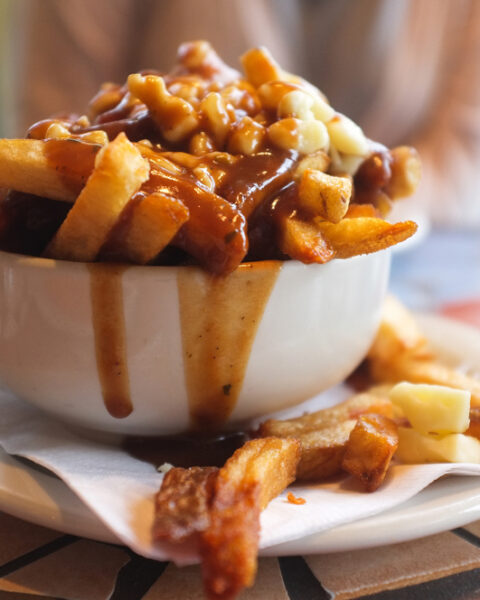Zero-waste cooking is becoming a big deal, and for a good reason. It’s all about making the most of what you have, cutting down on food waste, and being kinder to the planet. It’s practical, creative, and surprisingly easy to start once you know a few tricks. Whether you’re whipping up leftovers or getting the hang of composting, zero-waste cooking makes everyday meals feel a bit more meaningful.
Contents
- 1 Plan Your Meals Thoughtfully
- 2 Shop with a Purpose
- 3 Store Food Properly
- 4 Embrace “Root-to-Stem” Cooking
- 5 Compost Food Scraps
- 6 Preserve Surplus Produce
- 7 Get Creative with Leftovers
- 8 Make Homemade Stocks
- 9 Practice Batch Cooking
- 10 Use Reusable Kitchen Tools
- 11 Understand Expiration Dates
- 12 Grow Your Own Herbs
- 13 Donate Excess Food
- 14 Educate Yourself and Others
- 15 Support Zero-Waste Businesses
- 16 More From RetailShout
- 17 15 Foods You Need to Eat More in Your 50s and Beyond
- 18 15 Delicious Trader Joe’s Chicken Picks for Every Meal
Plan Your Meals Thoughtfully
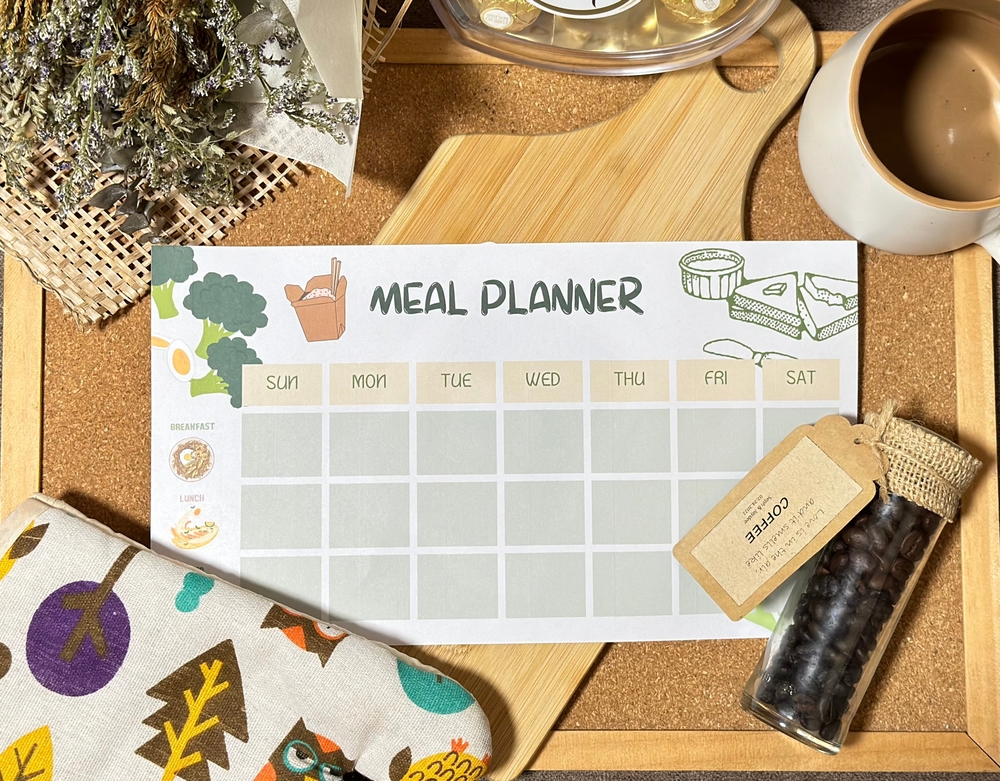
Begin by creating a detailed meal plan that utilizes ingredients you already have, reducing the need for additional purchases. This approach helps in buying only what is necessary, thereby minimizing potential waste. By planning meals around seasonal and locally available produce, you ensure freshness and support sustainable agriculture. Thoughtful meal planning also allows for the efficient use of leftovers, incorporating them into new dishes. This practice not only reduces waste but also saves money and time in the kitchen.
Shop with a Purpose

Craft a shopping list based on your meal plan to avoid impulse buys that may lead to waste. Focus on purchasing items in bulk using reusable containers to minimize packaging waste. Choose fresh produce without plastic wrapping, and bring your own bags to reduce single-use plastics. Being mindful of portion sizes and realistic about consumption helps in buying appropriate quantities. This intentional shopping approach aligns with zero-waste principles and promotes environmental responsibility.
Store Food Properly
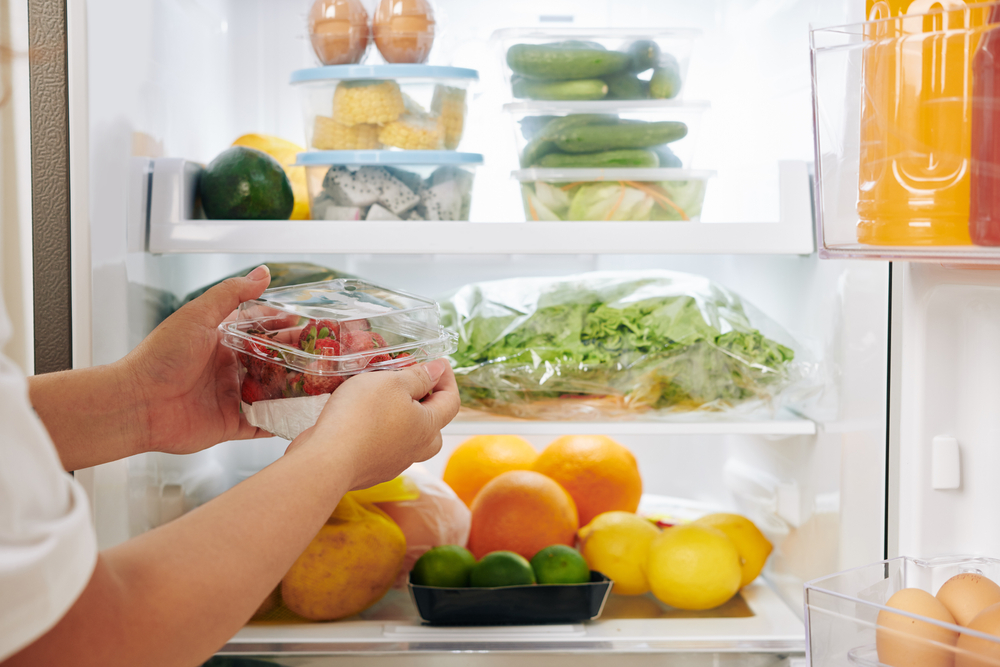
Proper storage techniques extend the shelf life of food, preventing spoilage. Utilize airtight containers for dry goods and ensure your refrigerator is set to the correct temperature. Store perishable items like fruits and vegetables in appropriate conditions to maintain freshness. Label leftovers with dates to keep track of their usability. Understanding the specific storage needs of different foods reduces waste and maintains quality.
Embrace “Root-to-Stem” Cooking
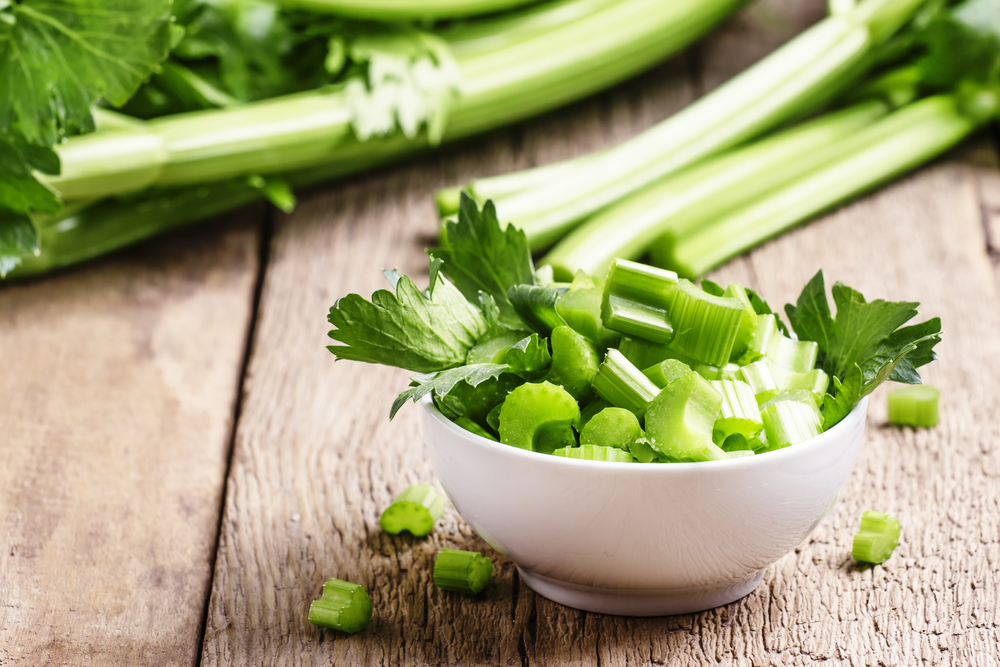
Utilize all edible parts of fruits and vegetables, such as stems, leaves, and peels, to maximize their use. For example, broccoli stems can be roasted or added to soups, and beet greens can be sautéed as a nutritious side dish. This practice not only reduces waste but also introduces diverse flavors and textures to your meals. Exploring creative ways to use every part of produce enhances culinary skills and supports sustainability.
Compost Food Scraps
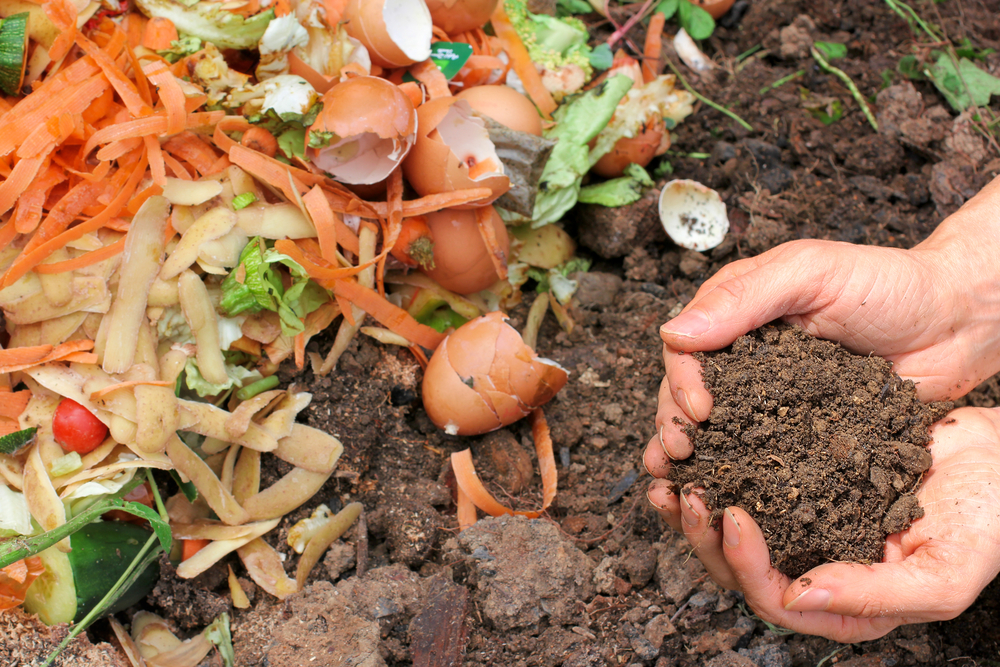
For inedible parts like eggshells and coffee grounds, composting is an effective way to recycle nutrients back into the soil. Composting reduces the amount of waste sent to landfills and enriches garden soil. Setting up a compost system at home is straightforward and contributes to a circular food system. By composting, you actively participate in waste reduction and soil regeneration.
Preserve Surplus Produce
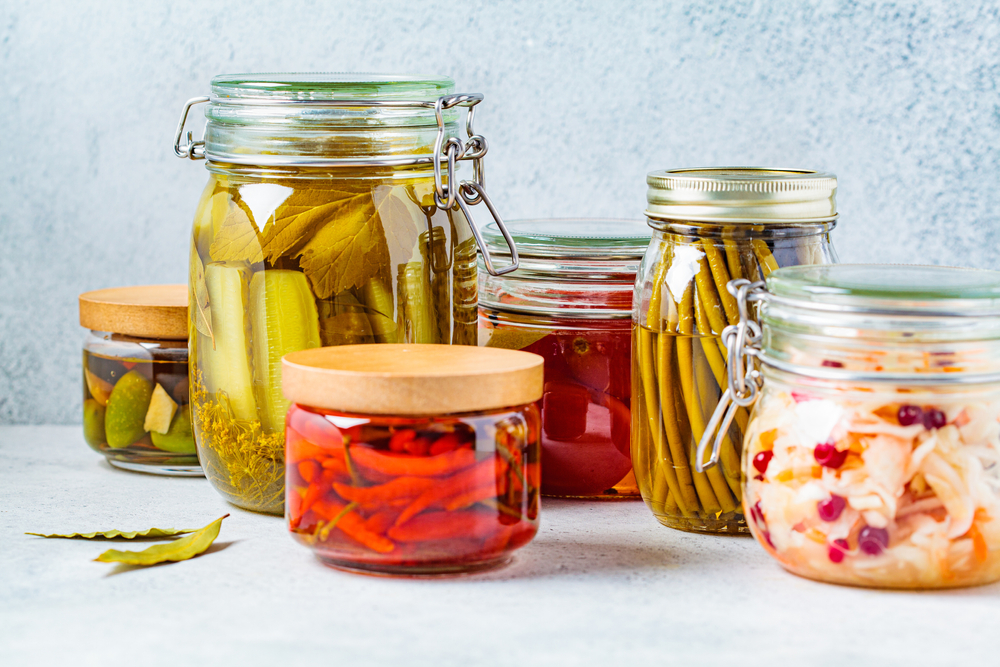
When you have an abundance of seasonal produce, consider preservation methods like canning, pickling, or freezing. These techniques allow you to enjoy fruits and vegetables year-round and prevent spoilage. Making jams, sauces, or fermented foods are enjoyable ways to extend the life of your produce. Preserving food at its peak ensures minimal waste and provides convenient meal options later.
Get Creative with Leftovers
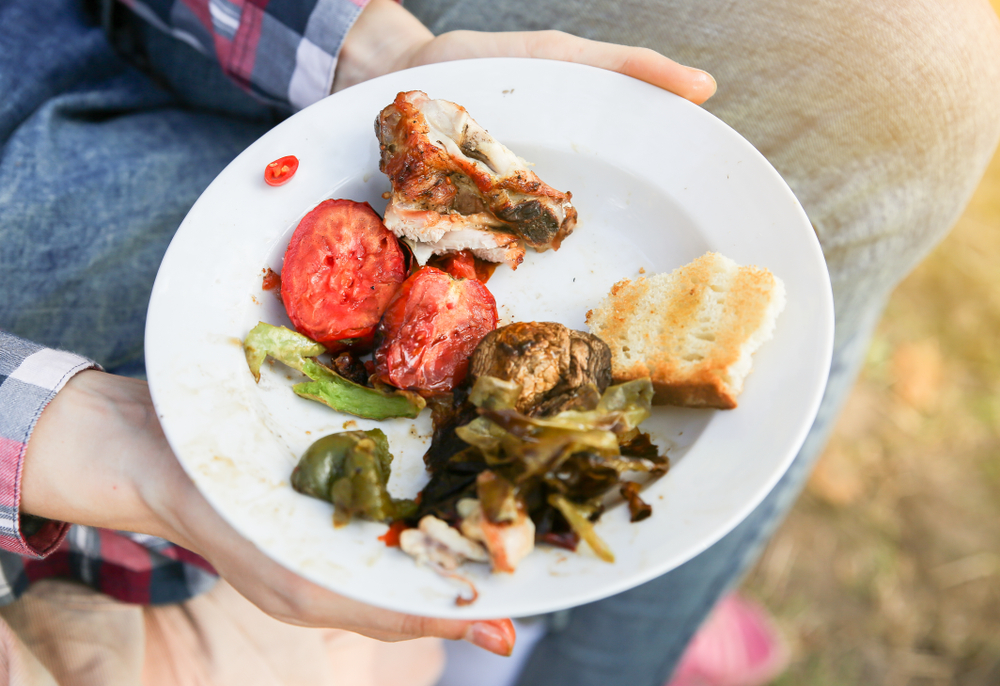
Transform leftover meals into new dishes to keep your menu exciting and minimize waste. For instance, roast chicken can become a hearty soup, and cooked vegetables can be blended into sauces or dips. This approach encourages culinary creativity and ensures that all food is utilized fully. Reinventing leftovers reduces waste and adds variety to your meals.
Make Homemade Stocks
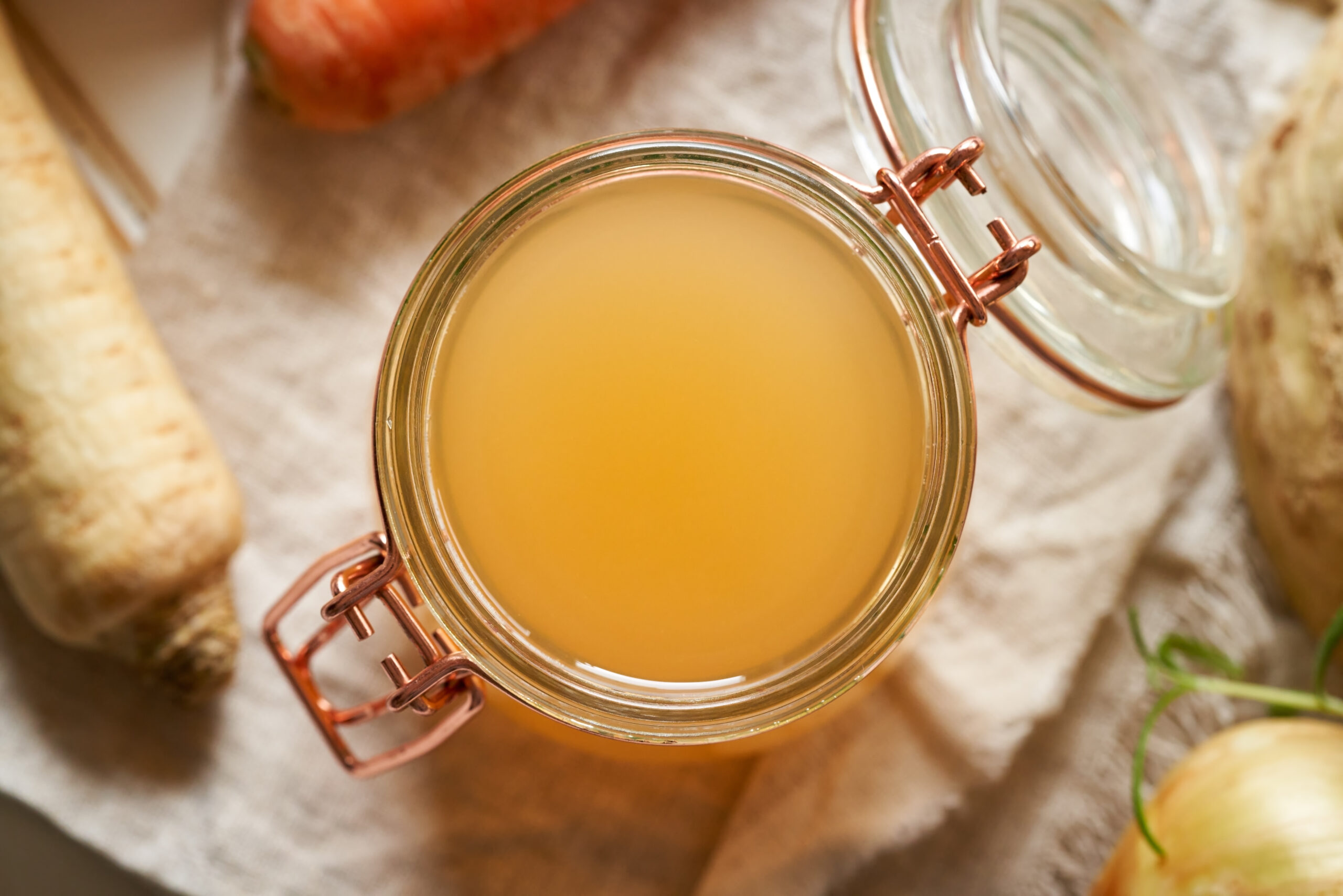
Collect vegetable peels, meat bones, and herb stems to simmer into flavorful stocks. Homemade stocks serve as a base for soups, stews, and sauces, enhancing depth of flavor. This practice utilizes scraps that might otherwise be discarded, turning them into valuable ingredients. Making stocks at home is cost-effective and aligns with zero-waste principles.
Practice Batch Cooking
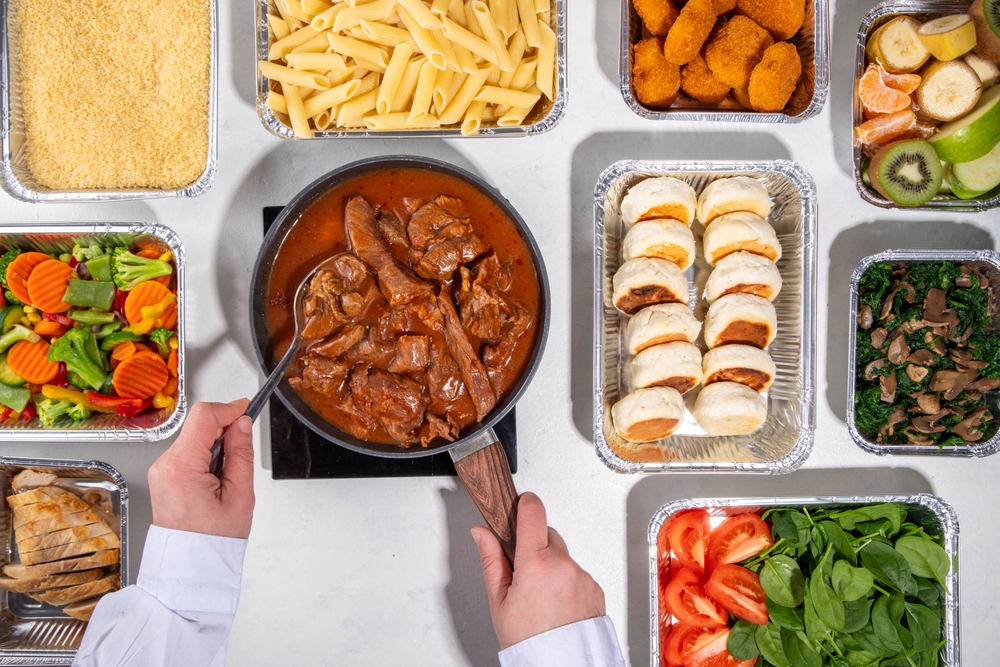
Preparing meals in large quantities and storing portions for later reduces energy usage and ensures you have ready-to-eat food, decreasing the temptation for takeout. Batch cooking saves time during busy weeks and helps in managing portion sizes. It also allows for better planning and utilization of ingredients, minimizing waste. By cooking in batches, you streamline meal preparation and support sustainable eating habits.
Use Reusable Kitchen Tools
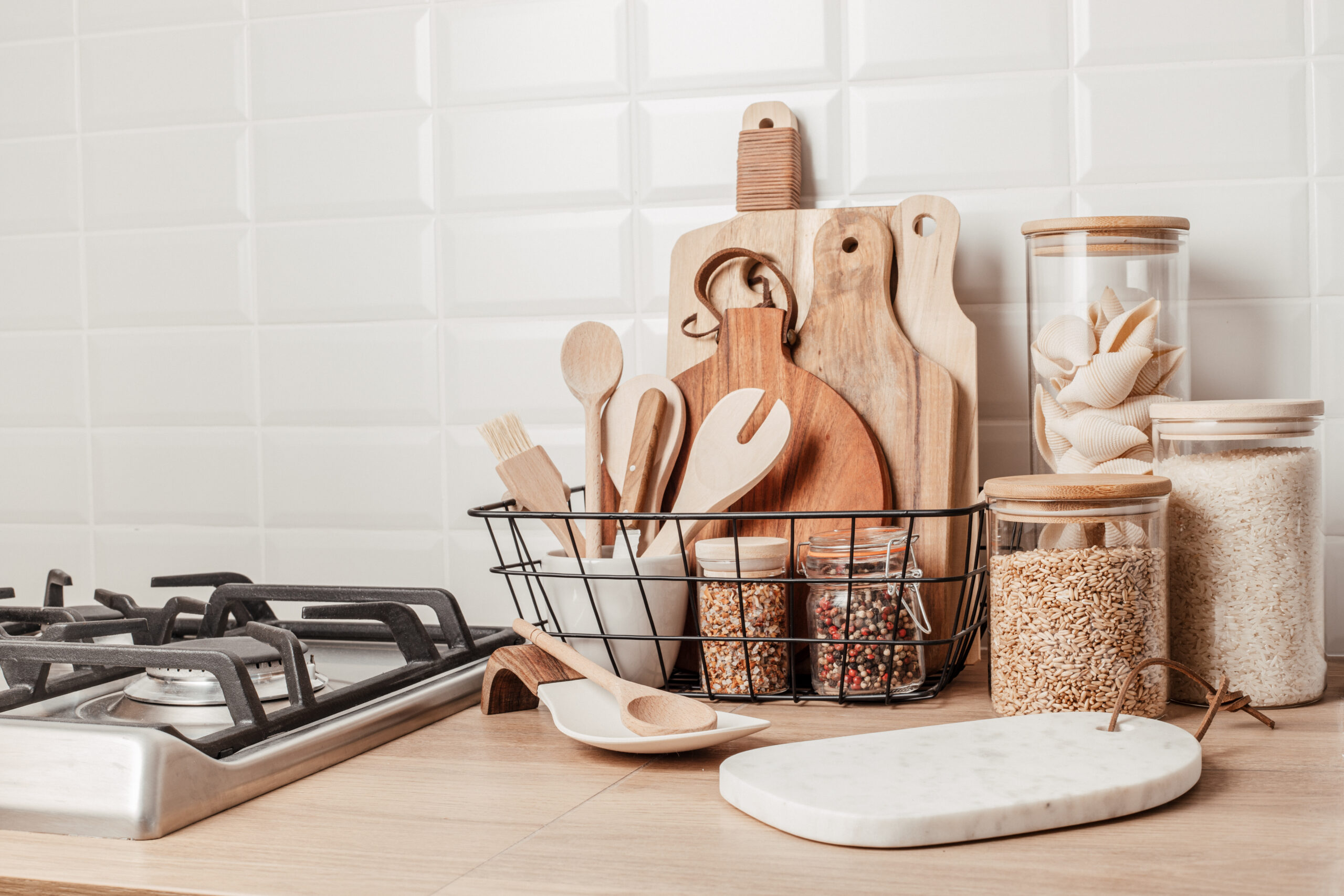
Invest in reusable items like silicone baking mats, cloth napkins, and glass storage containers to cut down on single-use products. These tools are durable and reduce the need for disposable alternatives, aligning with zero-waste goals. Transitioning to reusable kitchenware minimizes waste and promotes an eco-friendly kitchen environment.
Understand Expiration Dates

Learn the difference between “best before” and “use by” dates to avoid discarding food prematurely. Many products are safe to consume past the “best before” date if they show no signs of spoilage. Using your senses to assess food quality helps in reducing unnecessary waste. Being informed about expiration labels empowers you to make better decisions and minimize waste.
Grow Your Own Herbs
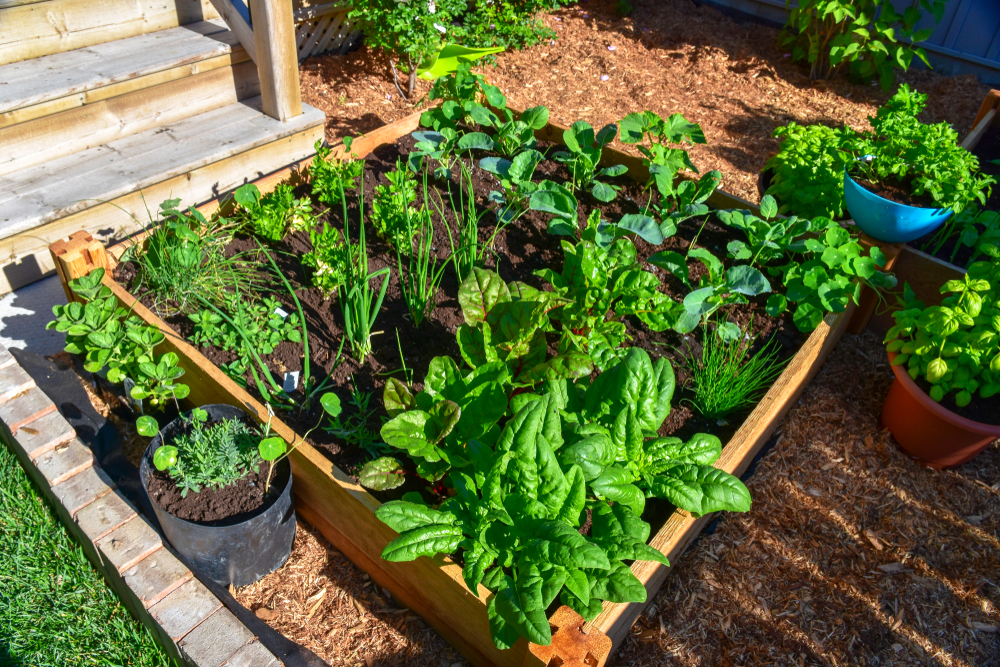
Cultivating herbs at home ensures a fresh supply and reduces the need for store-bought options that often come in plastic packaging. Homegrown herbs can be harvested as needed, preventing excess and waste. This practice also adds a personal touch to your cooking and supports sustainability. Growing herbs at home enhances flavor in your dishes and reduces reliance on packaged products.
Donate Excess Food

If you have surplus non-perishable food, consider donating to local food banks or shelters. This act supports community members in need and prevents food from going to waste. Donating excess food fosters a sense of community and addresses food insecurity. By sharing surplus, you contribute to social responsibility and waste reduction.
Educate Yourself and Others

Stay informed about sustainable practices and share knowledge with friends and family to promote a collective effort toward zero-waste living. Engaging in community workshops or online forums can provide new insights and inspiration. Education empowers individuals to make smarter choices and adopt innovative practices in their kitchens. Encouraging others to join zero-waste initiatives creates a ripple effect that benefits the environment. Understanding the impact of food waste motivates sustainable changes.
Support Zero-Waste Businesses
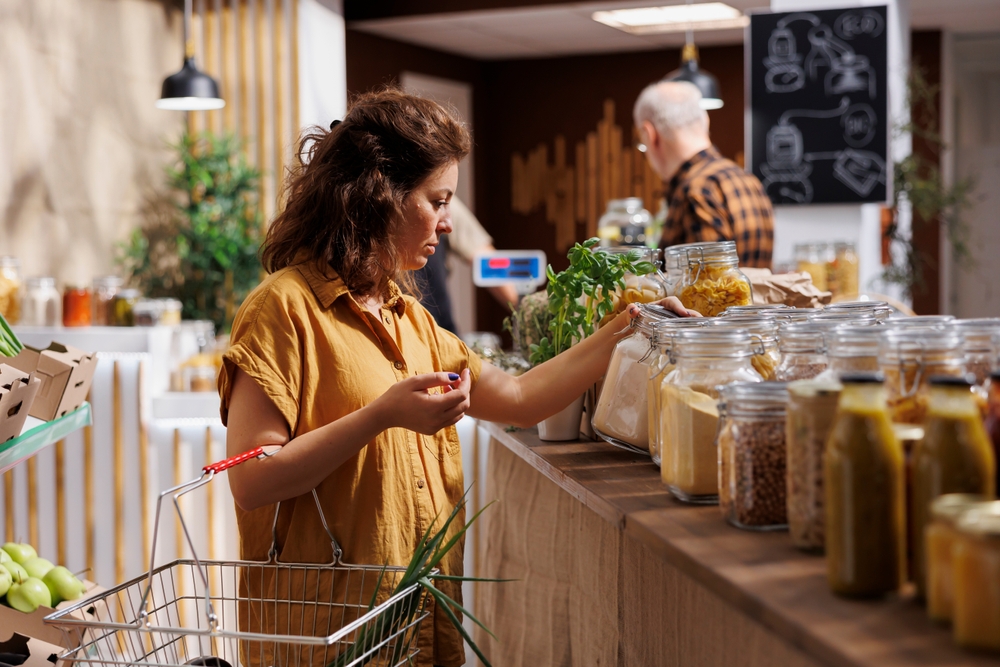
Patronizing businesses that prioritize sustainable practices supports the larger zero-waste movement. Seek out farmers’ markets, bulk food stores, and local shops that minimize packaging. Many establishments now offer refill stations for staples like oils, spices, and cleaning products. By supporting these initiatives, you encourage broader adoption of zero-waste practices. Your choices as a consumer influence the demand for environmentally friendly alternatives.
This article originally appeared on RetailShout.
More From RetailShout
18 Target Picks That’ll Get Your Home Holiday-Ready in No Time

When the holidays roll around, it’s time to make your home feel extra special. Luckily, you don’t have to spend hours searching for the right decorations or festive touches. Read More.
15 Foods You Need to Eat More in Your 50s and Beyond
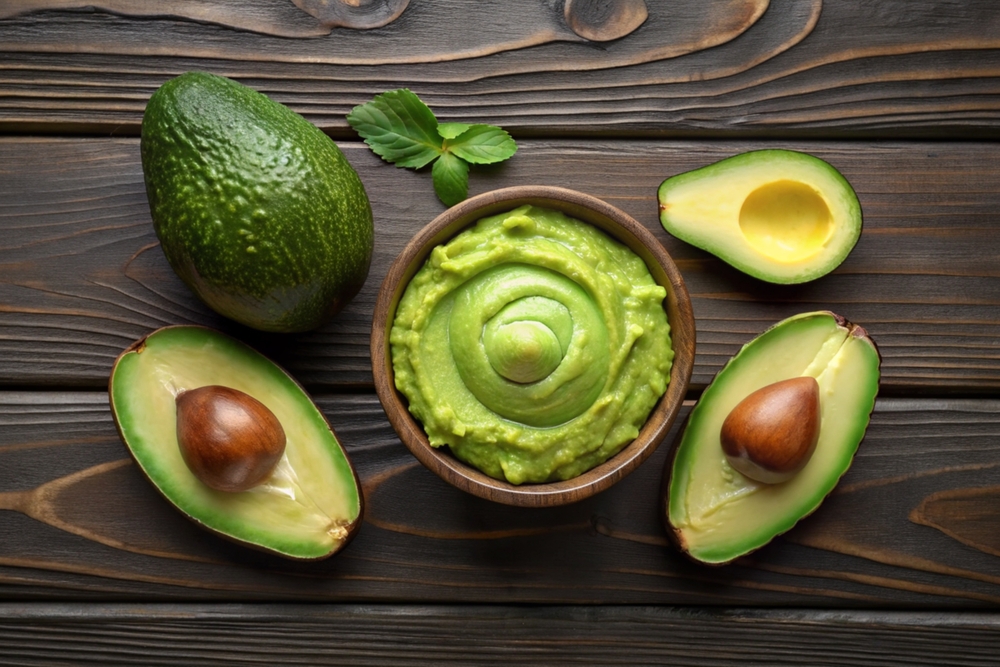
As we age, our bodies change, and so do our nutritional needs. Eating the right foods in your 50s and beyond can help boost your energy, keep your heart healthy, and even strengthen your bones. Read More.
15 Delicious Trader Joe’s Chicken Picks for Every Meal

Trader Joe’s has built a reputation for offering high-quality, convenient, and flavorful products that cater to a variety of tastes and lifestyles. Among their standout offerings is their wide array of chicken products, perfect for every meal of the day. Read More.

